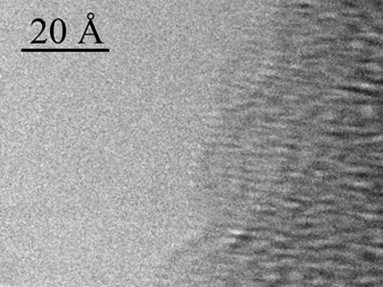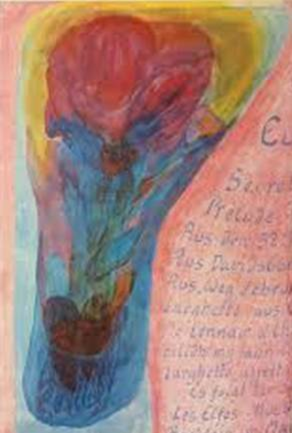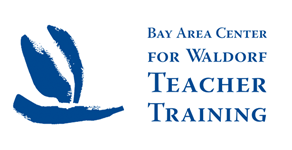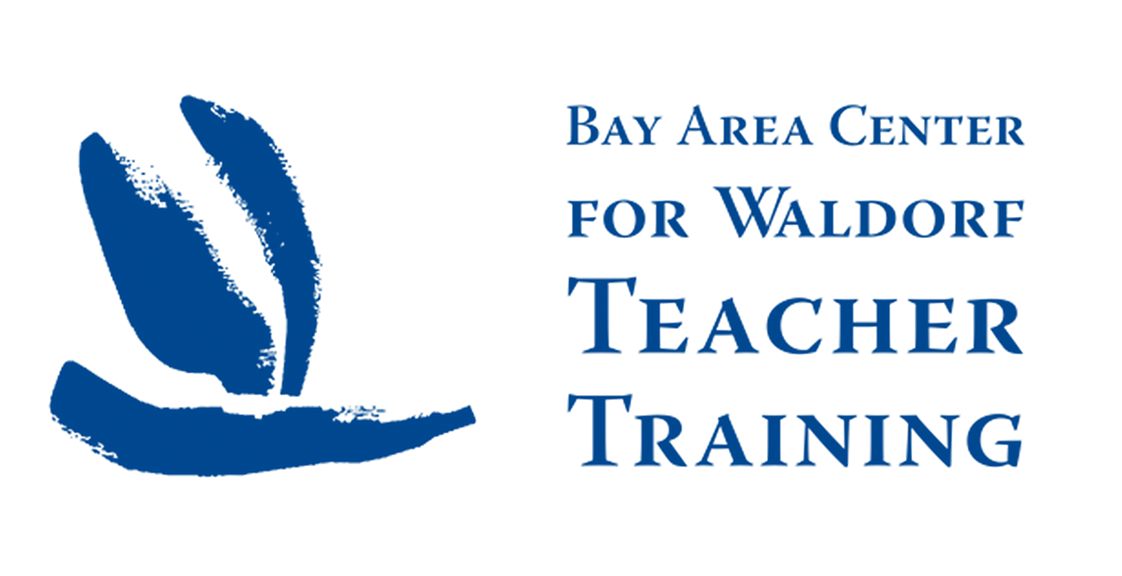Dear BACWTT Students, Alumni, Friends and Colleagues,
Continuing with a weekly thought from our Friday night Town meeting
Here is the Calendar of the Soul verse for this week:
Verse 6
My self from narrow Selfhood is arisen and finds itself
As revelation of all worlds
In forces both of Time and Space:
The World it shows me everywhere
As archetype divine
The truth of my own image.
The verse this week continues the process of the expanding of the self that we have followed over the past few weeks and reaches a culmination – a revelation – an experience of the archetype of the human being.
In working with the Calendar of the Soul, it is interesting and important to notice when an idea arrives and takes center stage during the year. This week, the idea of an “archetype” arrives. It is not present anywhere else in the 52 verses. It is as though Rudolf Steiner felt that this was the moment in the course of the year that this idea is most accessible, and we can have an experience of it.
If we look ahead to next week’s verse, we can see that this theme of expanding continues and there is the danger of the “self taking flight.” So we are at a moment in the process of being expanded – but not too much, perhaps just the right amount – to sense the archetype. We need to be lifted up – out of ourselves, out of our matter – to sense the working of the archetype.
In the world in which we are living today, it seems to me that the idea of an archetype is very difficult to grasp. We had a short discussion about this in the 1st Year Goethean Observation course with Beth Weisburn on Saturday. So many words and expressions are misleading as we try to grasp it – blueprint, plan, idea, the idea behind the thing – these are all insufficient and much too safe, too earthly to stretch us to the necessary imagination!
To grasp the idea of the archetype, one must have the openness of mind to consider a non-physical world in which things are living. In this living non-physical world, there are many types of living things, many layers and levels, some closer to the everyday human life and others far removed. In my mind, one distant and awe inspiring level is that of the “archetypes” where the origin, the originators, of things exist. From there, created or incarnated things take their guiding image – both overall and in minute detail. This is not an easy idea to work with in in our time! It is a totally non materialistic idea!
Strangely enough, it is quite possible for us to believe that there is a code/plan/design/guiding image for each and every living thing, but it is wrapped up and secreted away in the smallest of structures deep inside us and every living thing – DNA – the mysterious molecule that explains everything. This idea is acceptable to our modern consciousness because it is totally material – there is apparently nothing non-physical about it.

A HRTEM phase-contrast image of a single A-DNA helix bound to a 100 Å DNA bundle
https://discovery.kaust.edu.sa/en/article/181/catching-a-glimpse-of-the-double-helix
Like many aspects of everyday science – science that has become normal and acceptable to our everyday life – we are filled with images of DNA, which are man-made constructs – models. The image above is a rare, real photographic image.
There are many important things for us to try to introduce in a Waldorf teacher training. Things which seem to be not at all practical and to have little place in today’s world, but which will be carried by the teacher into the classroom and have an ongoing effect upon the overall way in which they do things, the way in which they relate to the world and, therefore, in the way they impact the growing minds of the young people they are educating. Waldorf teachers need to have grappled with the idea of archetypes.
When we come to the idea of archetypes, we come to an area that is defining for Waldorf education, because it challenges us to try to think about things in a totally non-physical way, without resorting to belief. It asks us to be open to consider that which lives outside of matter and forms and guides life from a different place. Here is a beautiful description by Steiner of the realm of archetypes: Rudolf Steiner Archive

This openness and attempt to think this way is also an attempt to work toward wholeness. DNA is one half of the picture and we need to find a relationship to the archetype that presents the other half. The popular saying in Waldorf education, “The whole is greater than the parts,” speaks to this. It’s not just when all the parts are present that it becomes a functioning entity; it is when all the parts are present that the organic matter can then receive the guidance of the archetype.
As we move on into the 2nd Century of Waldorf education, as our culture shifts and evolves, as things which once seemed futuristic fantasy become commonplace, we will have to reassess what is essential. I am sure many Waldorf educators, like me, are concerned that what we are experiencing now during this time of shelter in place, as a side effect, is the deepening connection to digital technology. In the context of the verse this week, is this deepening relationship to technology binding us more to matter and making it more and more difficult to lift up out of ourselves in the way that is needed to be able to relate to the world of archetypes?
The last line of the verse this week points to an important effect of the ability to connect to the archetypes – sensing the truth of the image. The idea of a “true picture” is an important one for Waldorf education. Something of the whole can live in a picture that cannot live in an accurate scientific description. A “true picture” is not constructed out of the parts: the wholeness of the thing is imagined or inspired and the missing elements are filled in, each detail supporting the whole. We should be wary of modern scientific models such as the popular one of DNA because the “picture” may not be “true.” It is a useful working model – something quite different.
In Waldorf teacher training, the arts are considered very important for all kinds of reasons – to develop all kinds of capacities – but I would like to connect it also to the development of the capacity to work with archetypes. The arts can be a kind of training in approaching the archetype through the image. And when artistic exploration is connected with exact observation, such as we practice in Goethean study, then there is the possibility to bring the two halves of creation – of matter and non-matter – together.
This week, then, may be the week to remember Goethe and the importance his approach to life, science and art, and especially his attempts to find a modern conscious way to the archetype, is to our search for the essentials of Waldorf education in 2020.
Ken
Kenneth Smith, Director; BACWTT







